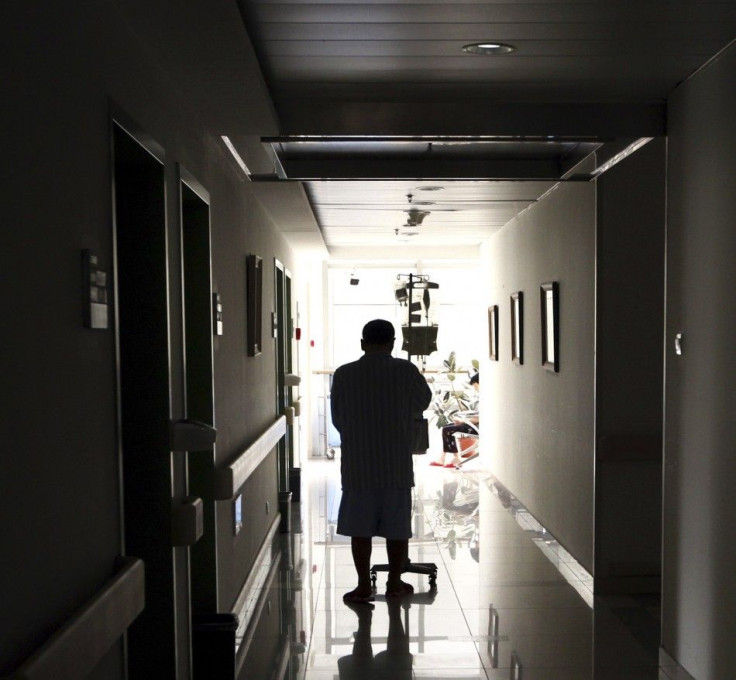Body Dysmorphic Disorder: The Mental Illness You've Never Heard of

Body Dysmorphic Disorder, a body image disorder defined by obsessions and compulsions aimed at neutralizing the type of ugliness normally reserved for horror films, goes undiagnosed for an average of fifteen years. The afflicted, 1 to 2 percent of the general population, are more than twice as likely as those with major depression to commit suicide and three to four times more likely than those with bipolar disorder. Eighty percent of sufferers have recurrent thoughts of suicide.
Individuals with Body Dysmorphic Disorder, or Body Dysmorphia, are only able to focus on body imperfections and ugliness. This physical anomaly is not actually present and is only visible to the sufferer. Compulsions such as mirror checking and avoidance perpetuate the distortions and the distortions perpetuate further checking, creating a vicious cycle that seemingly never ends.
Common symptoms include unwanted repetitive thoughts about the defect, symptoms of major depressive disorder, anxiety, suicidal ideation, social phobia, social isolation, tumultuous personal relationships, alcohol and drug abuse, compulsive mirror checking and avoidance, and reassurance seeking.
Body Dysmorphic Disorder is classified as a somatoform disorder but will probably be reclassified by the DSM V as an Anxiety and Obsessive-Compulsive Spectrum Disorder as it seems to be directly related to obsessive-compulsive disorder. Thirty percent of the afflicted have comorbid obsessive-compulsive disorder.
The media's preoccupation with physical beauty, genetic predisposition, bullying, and unstable parenting are all risk factors.
In August 2010, 44-year-old singer and former Calvin Klein model Shirley Manson signed onto Facebook and wondered aloud whether she should undergo plastic surgery in order to appear more youthful. Growing up, the singer suffered from Body Dysmorphic Disorder.
I don't think I feel frightened. The only thing that I don't like, that I really find painful, is living with the face and the body aging. I find that hard. I don't like looking at it, Manson said.
Body Dysmorphic Disorder is similar to eating disorders but obsessions and compulsions are not related to weight concerns. The disorder is a catalyst for social and occupational dysfunction, isolation, and major depression.
Body Dysmorphic Disorder remits at a rate of 83% with Cognitive Behavioral Therapy. It is both tragic and bizarre that the general public is unaware of the occurrence of this common disorder and its blatant symptoms. The disorder was only recently added to the DSM IV and individuals with the disorder are often misdiagnosed as psychotic.
Dr. Katherine Phillips, the director of the Body Image Program at Butler Hospital in Providence, R.I., told ABC News, It's a very secretive disorder. She added, People tend to be very embarrassed and ashamed of their concerns. Most people don't get treatment, and that's really sad because it's generally a very treatable illness.
© Copyright IBTimes 2024. All rights reserved.





















